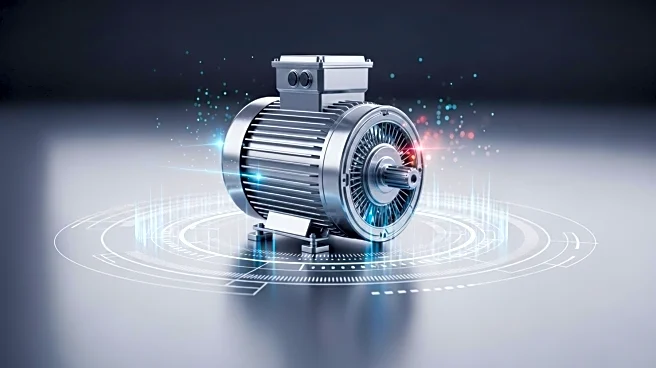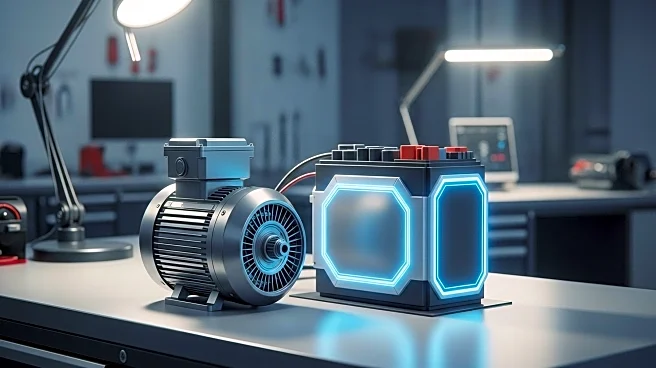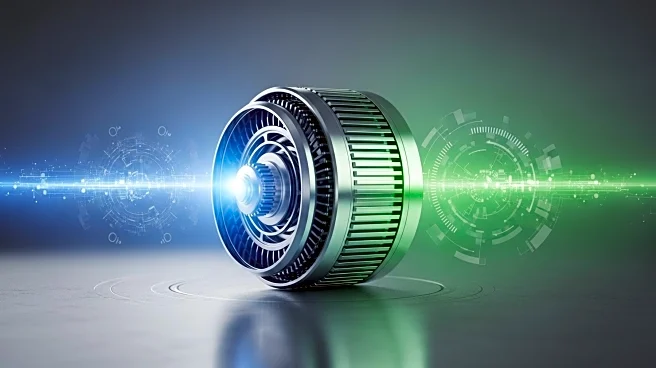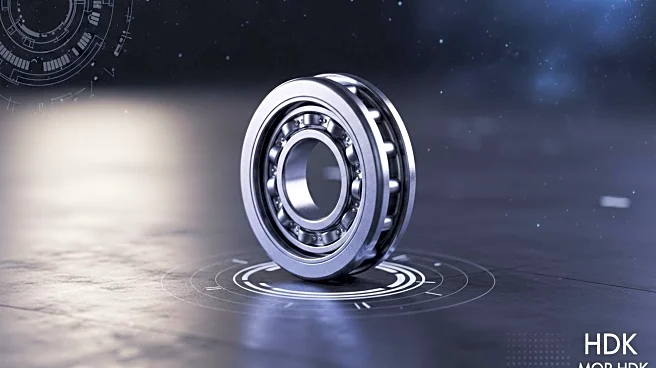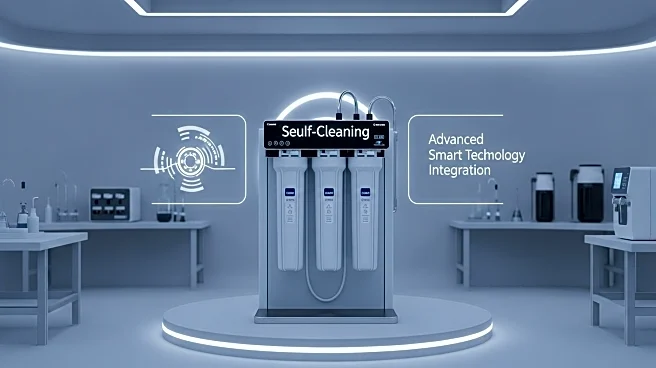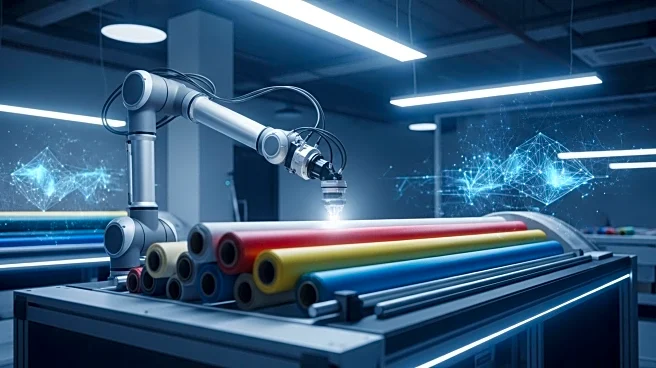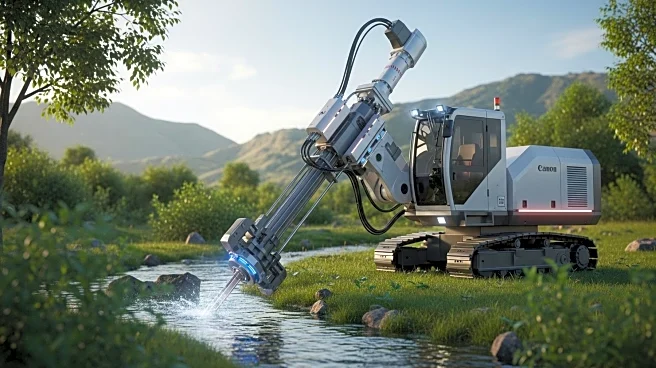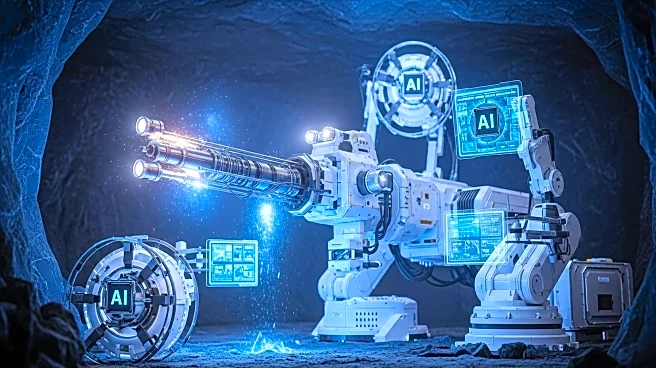What's Happening?
Automated Guided Vehicles (AGVs) and Automated Mobile Robots (AMRs) are increasingly used for labor optimization in material handling tasks. The development of next-generation powertrains for these vehicles is crucial for improving efficiency and sustainability. OEMs face choices between fully integrated powertrain systems and modular, component-based ones, impacting energy efficiency, uptime, and total cost of ownership. Advanced AGV powertrains offer features like integrated motor controllers, regenerative braking systems, and predictive maintenance capabilities. The market favors solutions that minimize commissioning time and maximize performance, with a preference for handling component integration at the supplier level.
Why It's Important?
The advancement of AGV powertrains is significant for industries relying on automated material handling. Enhanced powertrain systems improve operational efficiency, reduce costs, and support sustainability goals. As industries prioritize performance and interconnected systems, integrated architecture becomes critical. This evolution enables OEMs to match application requirements more precisely, balancing efficiency, safety, and scalability. The progress in artificial intelligence solutions promises smart, embedded systems in next-generation AGVs, offering strategic advantages to OEMs and system designers prepared for these changes.
Beyond the Headlines
The shift towards integrated powertrain solutions reflects broader industry trends in automation and sustainability. As AGVs become more intelligent and interconnected, the role of system integration grows, influencing market dynamics and competitive positioning. The focus on energy management, navigation, and fleet-level optimizations highlights the importance of holistic design approaches. This transformation aligns with global efforts to enhance industrial efficiency and reduce environmental impact, positioning AGVs as key components in sustainable logistics and manufacturing.
